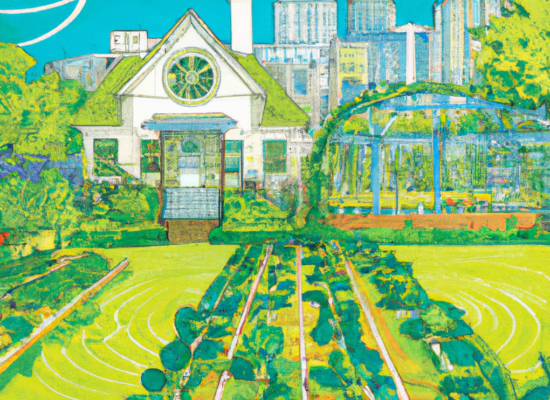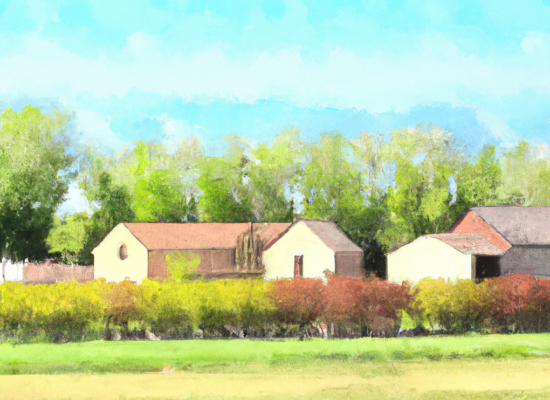Sustainable Design: Why It Matters in Hawaii
Hawaii is a unique and beautiful state that relies heavily on tourism as its main source of income. With its stunning beaches, lush rainforests, and rich culture, it’s no wonder that millions of people flock to the islands every year. However, the influx of tourists also brings with it a significant environmental impact. This is where sustainable design comes into play. In this blog post, we’ll explore why this matters in Hawaii and how it can help preserve the state’s natural beauty.
What is Sustainable Design?
This type of environmentally conscious design is the practice of designing buildings, products, and systems that are environmentally responsible, economically viable, and socially equitable. It involves considering the full lifecycle of a product or building, from raw materials to disposal, and minimizing the impact on the environment while maximizing social and economic benefits.
Why Environmental Design Matters in Hawaii
Hawaii is a unique ecosystem with a delicate balance of plants, animals, and people. The state’s natural beauty and biodiversity are a significant part of its appeal to tourists, but they are also under threat from the effects of climate change and human activity. Sustainable design is critical in Hawaii to preserve the environment and protect the state’s economy.
Preserving Hawaii’s Natural Beauty
Hawaii’s unique environment is under threat from rising sea levels, increased temperatures, and ocean acidification. Sustainable design can help mitigate these effects by reducing carbon emissions and promoting renewable energy sources. Buildings designed with sustainable features, such as solar panels and energy-efficient lighting, can reduce the state’s dependence on fossil fuels and contribute to a cleaner, healthier environment.
Protecting Hawaii’s Economy
Tourism is the lifeblood of Hawaii’s economy, but it also contributes to environmental degradation. This is often referred to green design and it can help maintain a balance between economic growth and environmental protection by creating buildings and products that have a low impact on the environment. Sustainable tourism practices, such as eco-tourism and responsible travel, can also help ensure that the state’s natural resources are protected for future generations.
Promoting Social Equity
Ecological design also promotes social equity by considering the needs of all people, regardless of their socioeconomic status. This means creating buildings and products that are accessible to all and do not contribute to environmental injustice. In Hawaii, green design can help address issues such as housing affordability and accessibility, which are critical to maintaining a vibrant and diverse community.
Examples of Sustainable Design in Hawaii
There are many examples of regenerative design in Hawaii, from energy-efficient buildings to eco-friendly products. The Hawaii Green Business Program is a certification program that recognizes businesses that implement sustainable practices. The program provides resources and support to help businesses reduce their environmental impact and improve their bottom line.
Another example is the Hawaiian Electric Company’s commitment to renewable energy. The company has set a goal of achieving 100% renewable energy by 2045 and is actively investing in wind, solar, and energy storage projects to achieve this goal.
Sustainable Design: Preserving Hawaii’s Natural Beauty
In conclusion, environmentally conscious design is a critical component in preserving Hawaii’s unique ecosystem and protecting its economy. By considering the full lifecycle of a product or building, sustainable design can minimize the impact on the environment while maximizing social and economic benefits. To summarize the key points of this blog post:
- Sustainable design involves designing buildings, products, and systems that are environmentally responsible, economically viable, and socially equitable.
- Hawaii’s natural beauty and biodiversity are under threat from climate change and human activity, making sustainable design essential to preserving the state’s environment.
- Sustainable design can promote economic growth and environmental protection through eco-tourism, responsible travel, and renewable energy.
- Social equity is an essential component of sustainable design, addressing issues such as housing affordability and accessibility.
- Examples of sustainable design in Hawaii include energy-efficient buildings, eco-friendly products, and the Hawaii Green Business Program.
It is up to all of us to support environmentally conscious design practices and protect Hawaii’s unique ecosystem for future generations.
 Copyright secured by Digiprove
Copyright secured by Digiprove 


